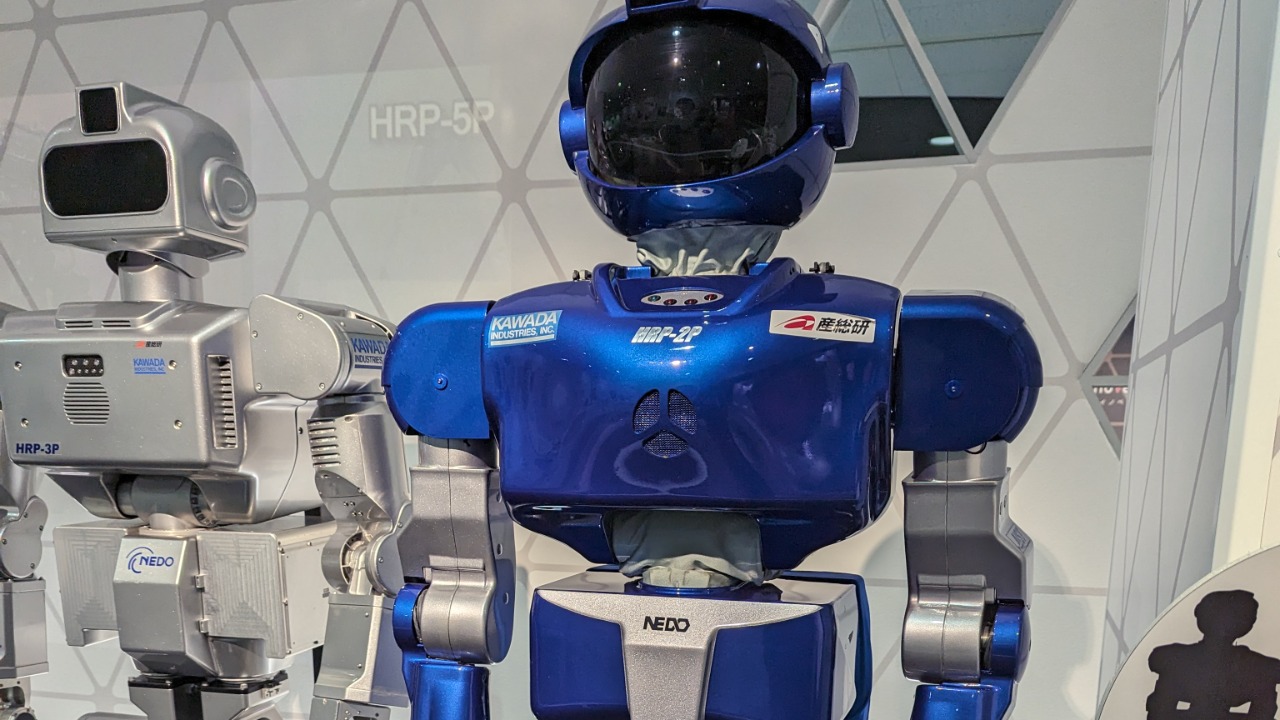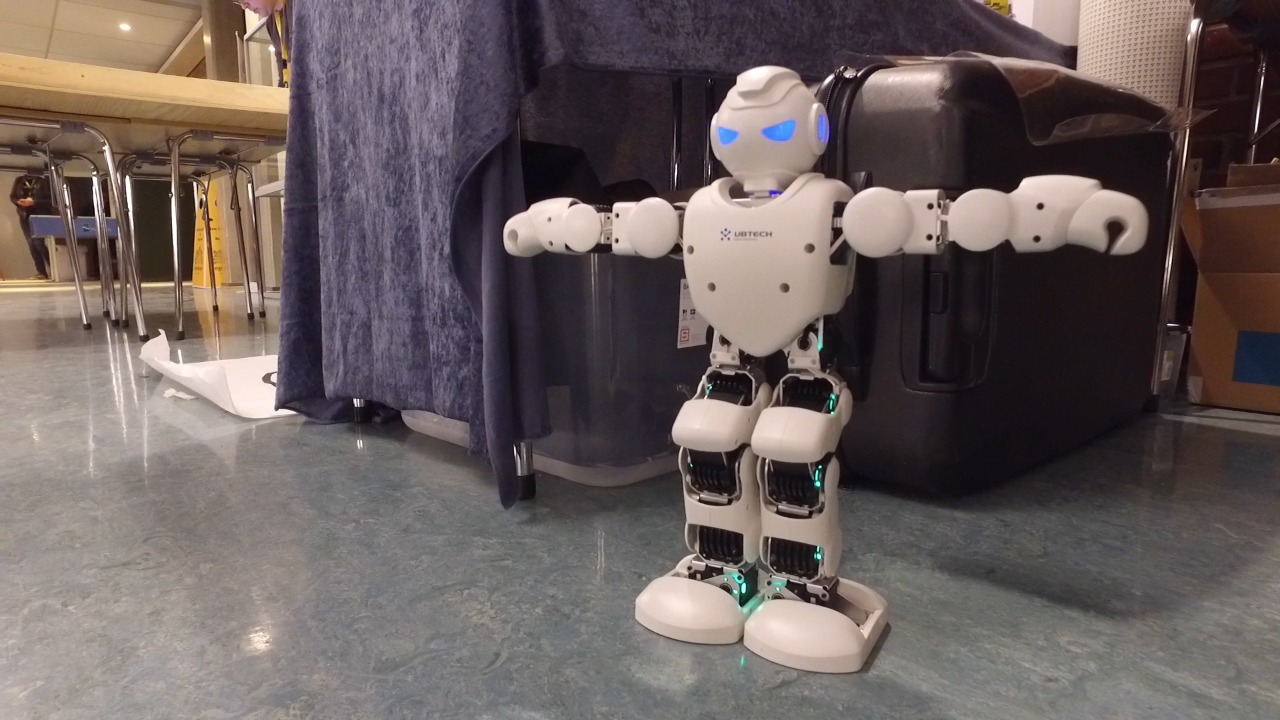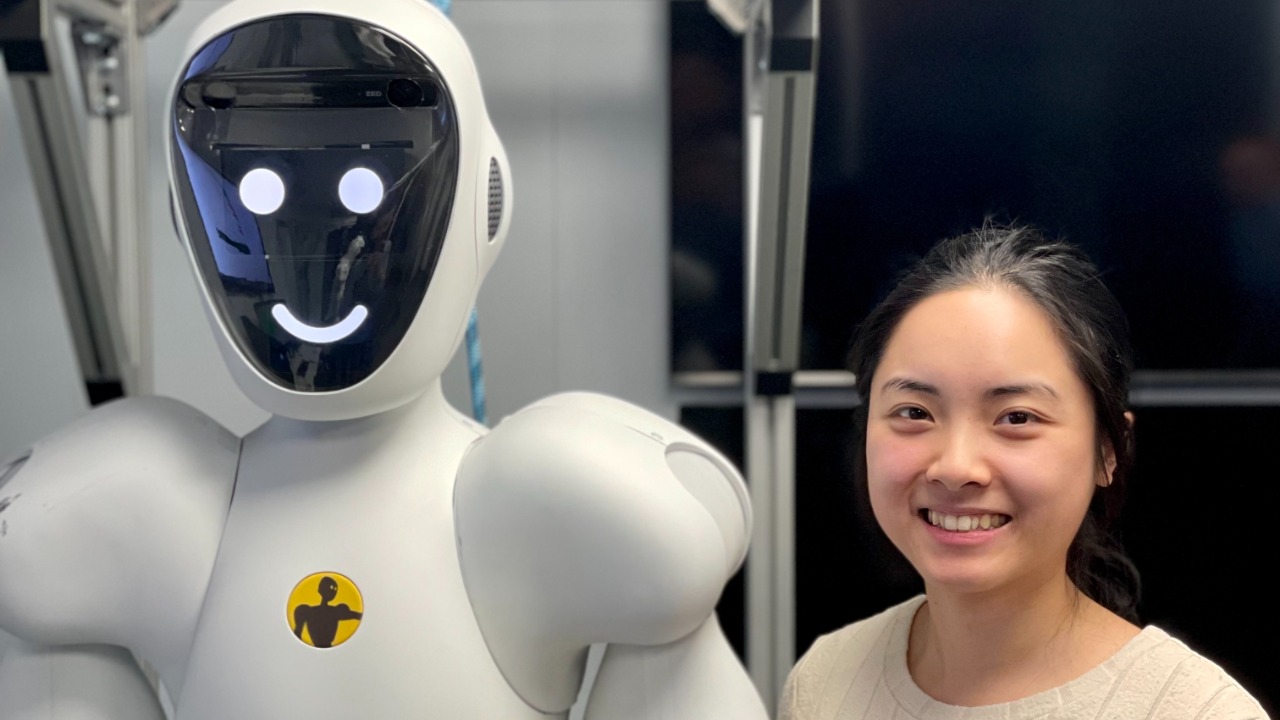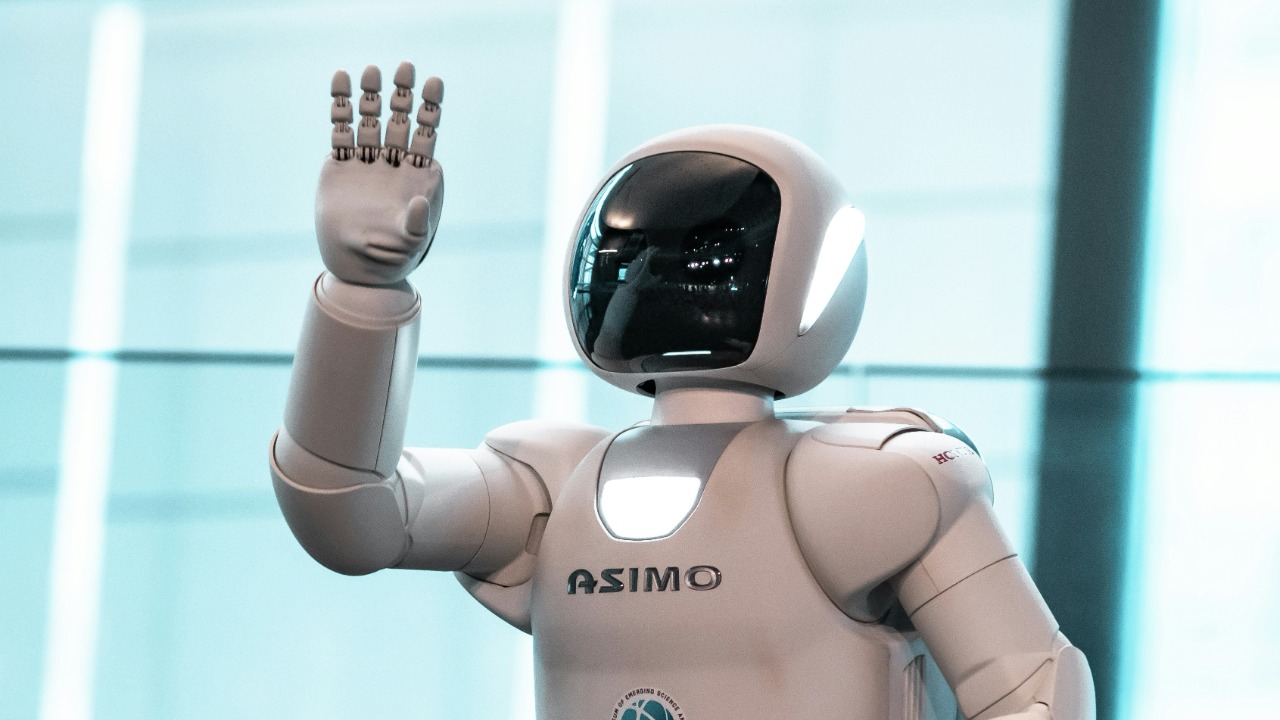
The emergence of humanoid robots from China marks a significant leap in the realm of artificial intelligence and robotics. With advancements in technology and a robust commitment to innovation, China is at the forefront of what many are calling the robot revolution. The key developments, technological innovations, and societal implications of this remarkable transformation are profound and far-reaching.
The Rise of Humanoid Robots in China

The origins of robotics in China trace back to the mid-20th century, with early efforts largely driven by academic research and government initiatives. The 1980s marked a turning point when China began to recognize the strategic importance of robotics, leading to significant investments in research and development. By the early 2000s, China had established itself as a formidable player in the global robotics landscape, fueled by policies aimed at reducing reliance on foreign technology and fostering homegrown innovation.
Today, the Chinese robotics industry is booming, with a diverse array of companies making substantial contributions to the field. Major players such as DJI, UBTech, and Siasun Robotics have emerged as leaders, driving innovation and setting new benchmarks in humanoid robot design and functionality. The industry’s growth is further bolstered by the Chinese government’s proactive support, manifested through initiatives like the “Made in China 2025” plan, which prioritizes robotics as a key technology area.
Technological Innovations Driving the Revolution

At the heart of the humanoid robot revolution in China is the rapid advancement in AI and machine learning. These technologies are crucial in enhancing the cognitive abilities of robots, enabling them to perform complex tasks with precision. Advanced algorithms allow humanoid robots to process vast amounts of data, learn from their environments, and make autonomous decisions, mimicking human-like intelligence.
The integration of robotics with the Internet of Things (IoT) is another significant driver of innovation. By connecting robots to a network of devices, a more interconnected and efficient robotic ecosystem is created, allowing humanoid robots to seamlessly interact with their surroundings. This synergy not only improves operational efficiency but also expands the potential applications of robots in various fields.
Breakthroughs in material science are also playing a crucial role in the development of more lifelike and functional humanoid robots. Advanced materials such as lightweight alloys and flexible composites are employed to create robots that are not only more durable but also capable of mimicking human movement with greater accuracy. This has led to the creation of humanoid robots that are not only functional but also aesthetically appealing.
Applications and Implications of Humanoid Robots

Humanoid robots are increasingly being deployed in industrial and commercial sectors, transforming industries such as manufacturing, logistics, and customer service. Companies are leveraging these robots to perform repetitive tasks with high precision, thereby increasing efficiency and reducing operational costs. For instance, humanoid robots are now being used in warehouses to sort and transport goods, significantly enhancing productivity.
In the healthcare sector, humanoid robots hold the promise of revolutionizing patient care. They are being developed to assist in elderly care and rehabilitation, providing companionship and support to the aging population. The potential of humanoid robots to revolutionize healthcare is immense, with ongoing research focused on creating robots capable of performing surgical procedures and administering medications.
However, the rise of humanoid robots also raises significant ethical and social considerations. The potential for job displacement is a pressing concern, as robots take on roles traditionally performed by humans. Additionally, the integration of robots into daily life presents privacy challenges, as these machines collect and process personal data. Addressing these issues requires careful consideration and the development of appropriate regulatory frameworks.
China’s Global Influence in Robotics

China’s position in the global robotics market is formidable, with the nation posing significant competition to other leading countries such as the United States and Japan. China’s focus on innovation, coupled with substantial investments in research and development, has enabled it to gain a competitive edge in the robotics industry. The development of humanoid robots is a testament to China’s growing influence in the field.
International collaborations and partnerships are further advancing China’s robotics technology. Collaborations with global tech giants and research institutions are helping to enhance the capabilities of Chinese humanoid robots, facilitating knowledge exchange and technological advancement. These collaborative efforts are crucial in maintaining China’s position as a leader in the global robotics landscape.
Looking ahead, the future trajectory of China’s humanoid robots is promising. With ongoing advancements in technology and a strong commitment to innovation, Chinese humanoid robots are poised to make a significant impact on the global stage. As these robots become more advanced and autonomous, their potential applications will continue to expand, shaping the future of robotics worldwide.
The Road Ahead for Humanoid Robots

Despite the remarkable progress in humanoid robotics, several technological challenges remain. Developing robots that possess human-like dexterity and cognitive abilities is an ongoing challenge, requiring continued research and innovation. Moreover, ensuring the safety and reliability of humanoid robots is paramount, necessitating rigorous testing and validation processes.
Policy and regulation play a crucial role in supporting the safe and ethical deployment of humanoid robots. Developing comprehensive regulatory frameworks is essential to address issues related to privacy, security, and ethical considerations. Policymakers must strike a balance between fostering innovation and ensuring that the deployment of humanoid robots aligns with societal values and norms.
As we look to the future, the vision for humanoid robots in society is expansive. From enhancing productivity in industries to revolutionizing healthcare, the potential roles and innovations of humanoid robots are boundless. With continued advancements in technology and a focus on ethical considerations, humanoid robots are set to become an integral part of our lives, transforming the way we live and work.